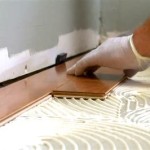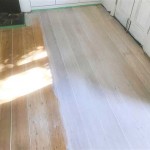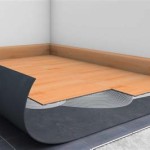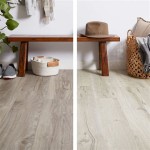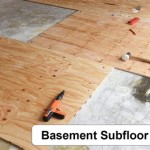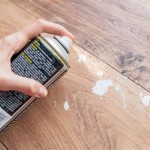Basement Flooring Solutions for Wet Basements
Wet basements can be a major headache for homeowners, causing damage to stored items, breeding ground for mold and mildew, and even structural issues. If you're dealing with a wet basement, don't despair—there are plenty of flooring solutions available to help you keep your basement dry and usable.
### Types of Basement Flooring SolutionsThere are two main types of basement flooring solutions: waterproof and moisture-resistant. Waterproof flooring is completely impervious to water, while moisture-resistant flooring can withstand moderate amounts of water but is not completely waterproof.
Waterproof flooring is the best option for basements that are prone to flooding or have high levels of moisture. This type of flooring is typically made from materials such as vinyl, rubber, or epoxy.
Moisture-resistant flooring is a good option for basements that are only occasionally exposed to water. This type of flooring is typically made from materials such as laminate, tile, or carpet.
### Choosing the Right Flooring SolutionWhen choosing a basement flooring solution, there are several factors to consider, including:
*The amount of water that your basement is exposed to.
If your basement is prone to flooding, you will need a waterproof flooring solution. If your basement is only occasionally exposed to water, a moisture-resistant flooring solution may be sufficient. *The type of subfloor that you have.
The type of subfloor that you have will affect the type of flooring solution that you can install. For example, if you have a concrete subfloor, you can install any type of flooring solution. However, if you have a wooden subfloor, you will need to install a moisture barrier before you install any type of flooring. *Your budget.
Basement flooring solutions can range in price from a few dollars per square foot to over $100 per square foot. It is important to set a budget before you start shopping for flooring. ### Installing Basement FlooringOnce you have chosen a basement flooring solution, you need to install it properly to ensure that it is waterproof and durable. The installation process will vary depending on the type of flooring that you have chosen.
If you are not comfortable installing the flooring yourself, you can hire a professional to do it for you. However, if you are handy and have some experience with DIY projects, you can save money by installing the flooring yourself.
### Keeping Your Basement DryOnce you have installed a basement flooring solution, it is important to take steps to keep your basement dry. This includes:
*Fixing any leaks.
If your basement is leaking, you need to fix the leak before you can install any type of flooring. *Installing a dehumidifier.
A dehumidifier will help to remove moisture from the air, which will help to prevent mold and mildew growth. *Ventilating your basement.
Ventilation is important for preventing moisture from building up in your basement. You can ventilate your basement by opening windows and doors, or by installing a ventilation system. ### ConclusionWet basements can be a major problem, but they can be solved with the right flooring solution. By following the tips in this article, you can choose the right flooring solution for your basement and keep it dry and usable for years to come.

Thermaldry Basement Flooring Systems Waterproof

Wet Basement Flooring Options With Built In Vapor Barrier

Wet Basement Flooring Options With Built In Vapor Barrier

Wet Basement Flooring Options With Built In Vapor Barrier

Best Flooring For Basements That Flood Try Waterproof Vinyl

Basement Flooring 101 Bob Vila

The 10 Best Basement Flooring Options Girl

Best Budget Basement Flooring Ideas

5 Best Flooring Options For Basements Floors2day

Waterproof Flooring For Basements Home Pros
See Also
